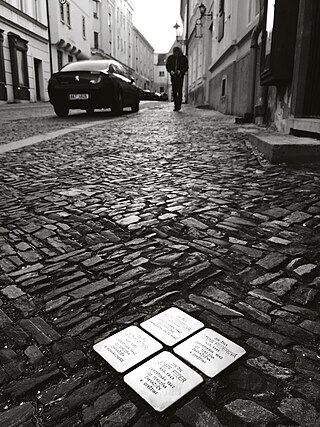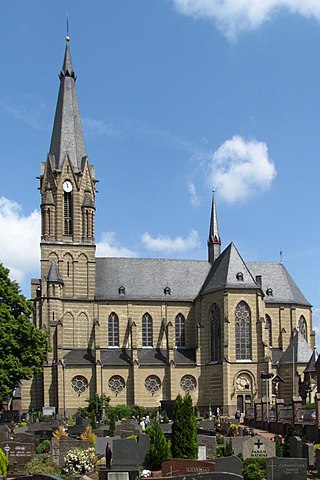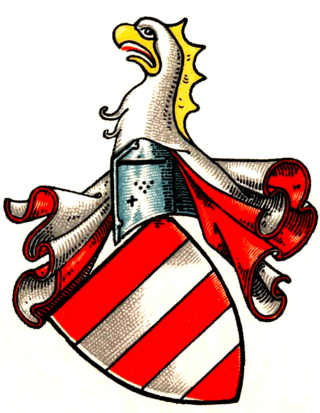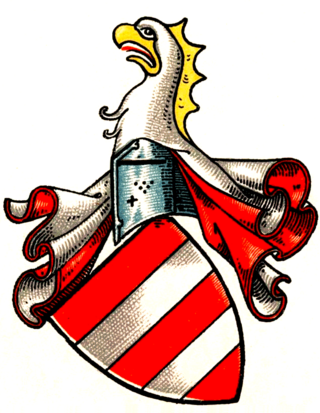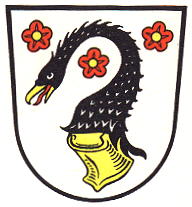10 Sights in Grevenbroich, Germany (with Map and Images)
Legend
Welcome to your journey through the most beautiful sights in Grevenbroich, Germany! Whether you want to discover the city's historical treasures or experience its modern highlights, you'll find everything your heart desires here. Be inspired by our selection and plan your unforgettable adventure in Grevenbroich. Dive into the diversity of this fascinating city and discover everything it has to offer.
Sightseeing Tours in Grevenbroich1. Alexander Katz
A Stolperstein is a ten-centimetre (3.9 in) concrete cube bearing a brass plate inscribed with the name and life dates of victims of Nazi extermination or persecution. Literally, it means 'stumbling stone' and metaphorically 'stumbling block'.
2. St. Clemens
The list of monuments in Grevenbroich contains the listed buildings in the area of the city of Grevenbroich in the Rhein-Kreis Neuss in North Rhine-Westphalia. These monuments are entered in the list of monuments of the city of Grevenbroich; The basis for inclusion is the North Rhine-Westphalia Monument Protection Act.
3. Sankt Josef
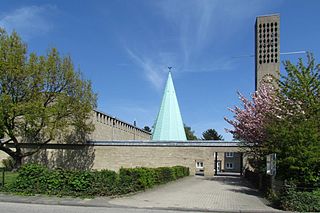
St. Josef is a parish church in the south of Grevenbroich. The church was built between 1957 and 1959 in the southern part of the city. The church was planned by the architect Gottfried Böhm. In 2007, the church was entered in the list of monuments of the city of Grevenbroich. The parish around St. Josef now belongs to the parish community of Grevenbroich Vollrather Höhe in the Archdiocese of Cologne.
4. St. Maria Himmelfahrt
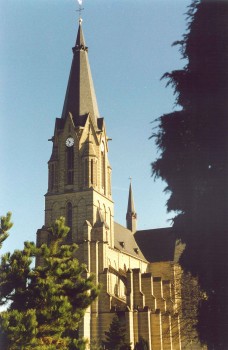
St. Maria Himmelfahrt is a Catholic church in the Gustorf district of the town of Grevenbroich in North Rhine-Westphalia, Germany. It belongs to the parish community of Grevenbroich Elsbach-Erft in the Archdiocese of Cologne.
Wikipedia: St. Mariä Himmelfahrt (Grevenbroich/Gustorf) (DE)
5. Wölkersburg
The House of Wevelinghoven was one of the most important Rhenish noble families, along with the von Hochstaden. Wevelinghoven Castle is a castle in the district of Neuss, in North Rhine-Westphalia, Germany.
6. Altes Schloß
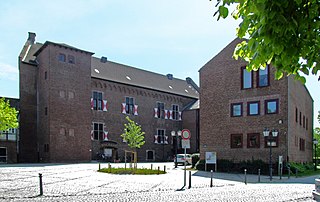
The Old Castle in Grevenbroich in the Lower Rhine was a state castle of the Counts of Kessel and the Duchy of Jülich, which was expanded and converted into a castle in the 16th century. Today, all that remains of the once large complex are the residential building, a farm building, a gatehouse and remains of the moats. They are located on the left bank of the Erft about 200 metres south of the historic part of Grevenbroich and have been listed as historical monuments since 24 April 1984.
7. Burg Wevelinghoven
Wevelinghoven Castle, also known as Motte im Zubend, is a defunct tower hill castle (Motte) on the Klosterweg on the left bank of the Erft in the Grevenbroich district of Stadt Wevelinghoven in the Rhein-Kreis Neuss in North Rhine-Westphalia.
8. Jüdischer Friedhof Hemmerden

The Jewish cemetery in Hemmerden, a district of Grevenbroich in the Rhein-Kreis Neuss in North Rhine-Westphalia, is located on the road to Bedburdyck. The cemetery was returned to the film in the film. The Jew, the official and the village described and shown.
9. Sankt Sebastianus Hülchrath
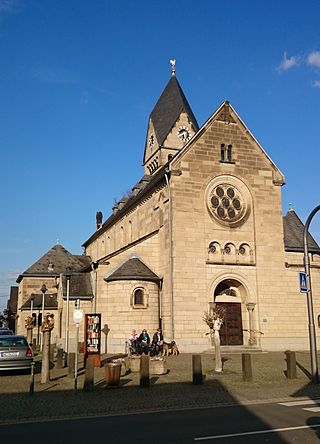
The Roman Catholic parish church of St. Sebastian is a listed church building on Sebastianusplatz in the town of Hülchrath, a district of Grevenbroich in the Rhein-Kreis Neuss (North Rhine-Westphalia).
10. Gedenktafel Florenz von Wevelinghofen / Münze Wewelinghöfer
City of Wevelinghoven is a district of Grevenbroich (North Rhine-Westphalia) on the Erft. Until the area reform on January 1, 1975, Wevelinghoven was an independent city. According to the cadastre, the area size in the "district of Wevelinghoven with long calves" is 13.93 square kilometers. The population on December 31, 2023 was 7265 people.
Share
Disclaimer Please be aware of your surroundings and do not enter private property. We are not liable for any damages that occur during the tours.
